Nasal repositioning

specialists

equipment

treatment

Restrictions
- Presence of severe swelling in the area of soft tissue or bones
- Signs of tissue necrosis or contamination
- Complicated cases (for example, when a broken nose is accompanied by a serious brain contusion)
- Problems with blood coagulation (this background increases the risk of bleeding during and after surgery)
- The presence of an active herpetic rash or inflammatory processes (the procedure increases the risk of infection)
General information about the procedure
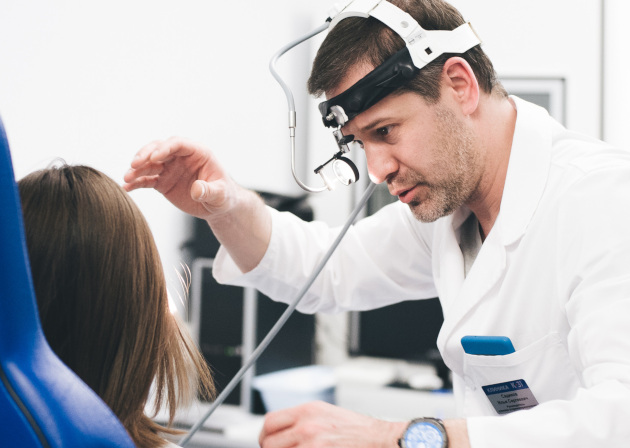
How is an appointment with an otolaryngologist at K+31?
Our doctors

This award is given to clinics with the highest ratings according to user ratings, a large number of requests from this site, and in the absence of critical violations.

This award is given to clinics with the highest ratings according to user ratings. It means that the place is known, loved, and definitely worth visiting.

The ProDoctors portal collected 500 thousand reviews, compiled a rating of doctors based on them and awarded the best. We are proud that our doctors are among those awarded.
Make an appointment at a convenient time on the nearest date
Price
Other services

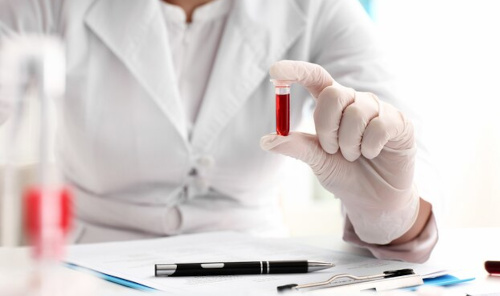
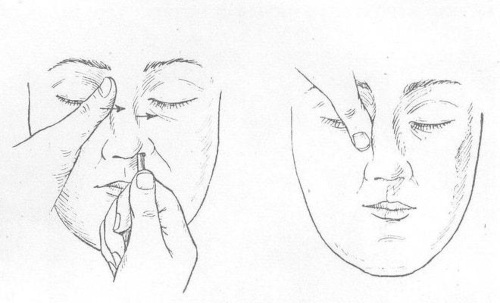
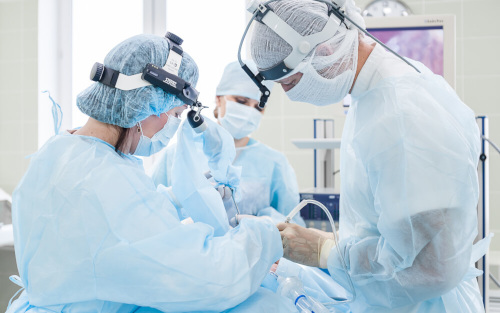

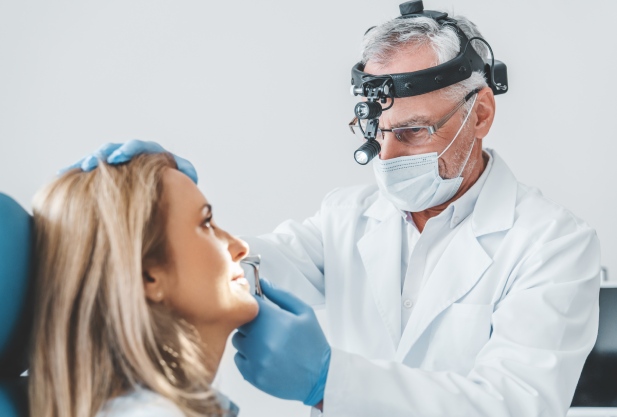
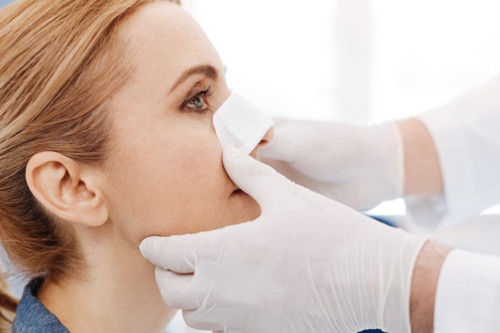
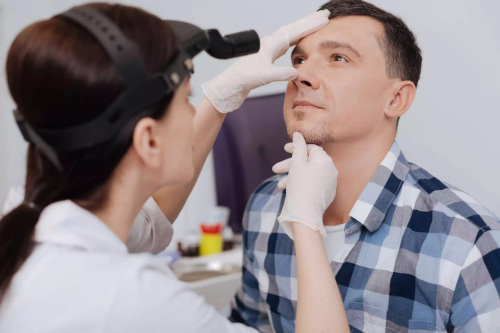

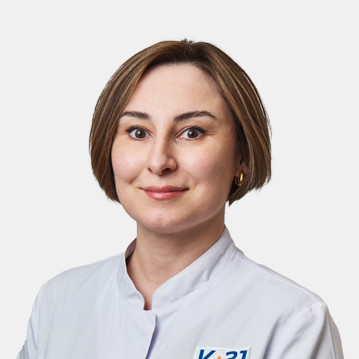
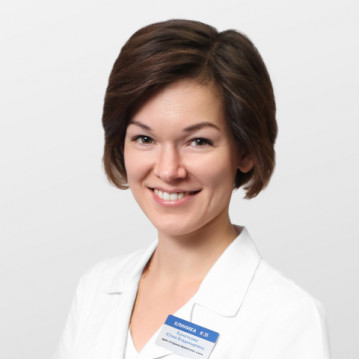

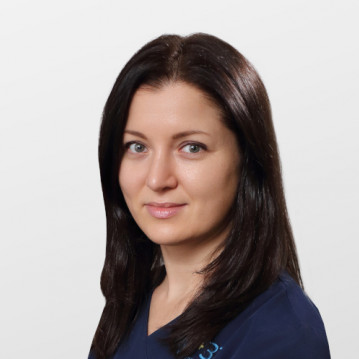
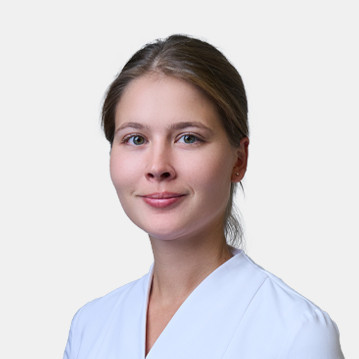
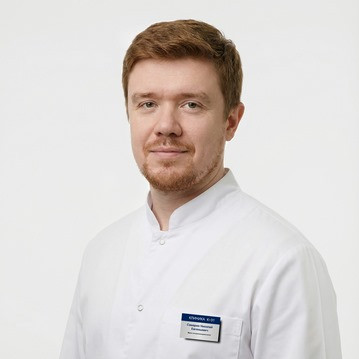
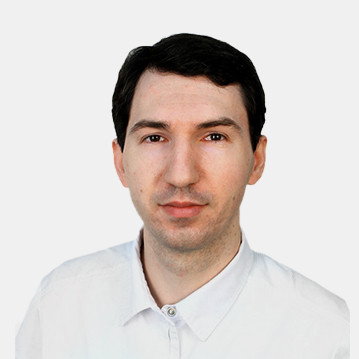
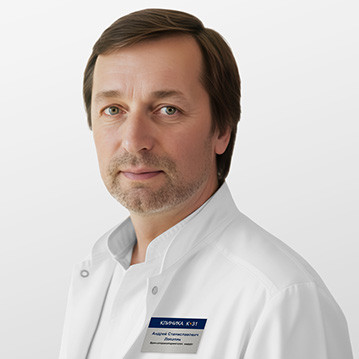
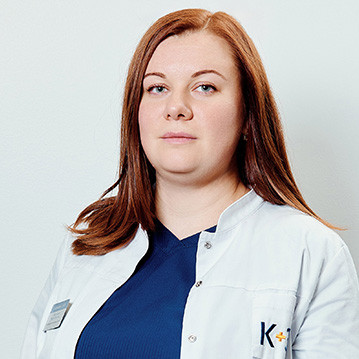
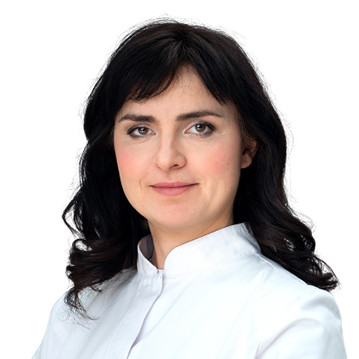

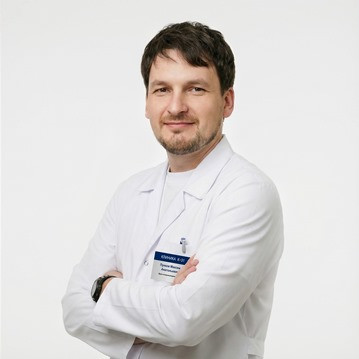
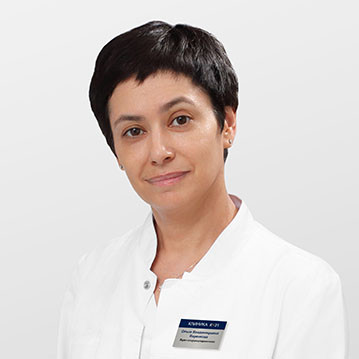
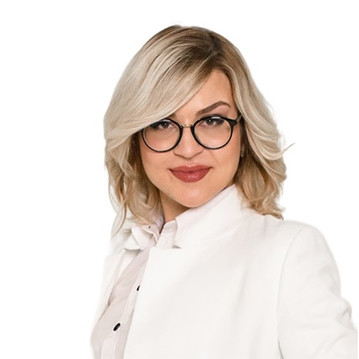
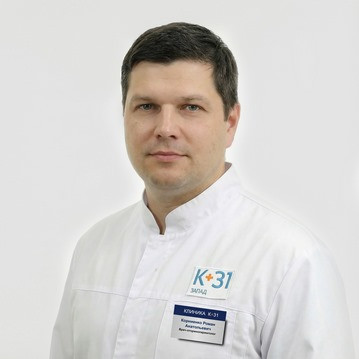
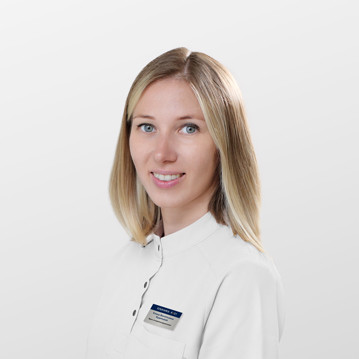
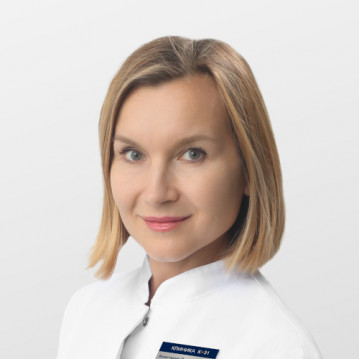
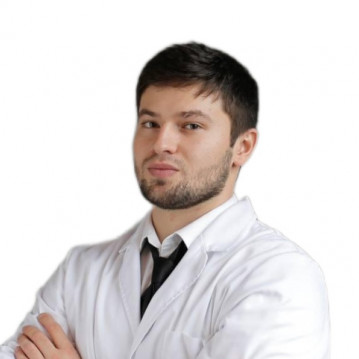

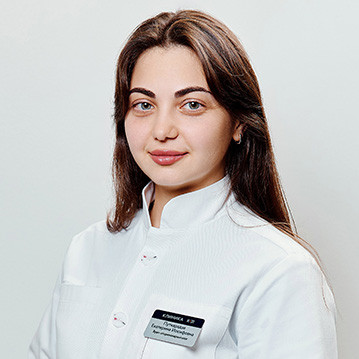
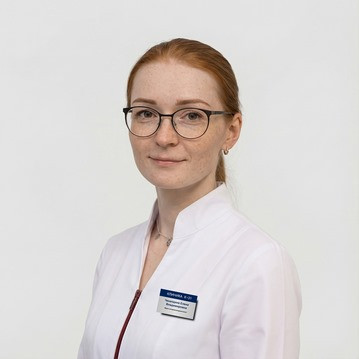
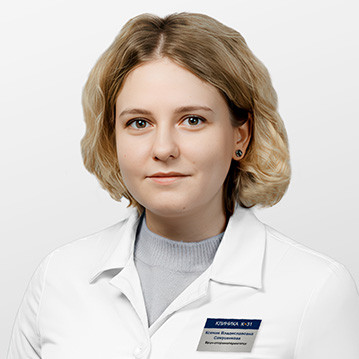
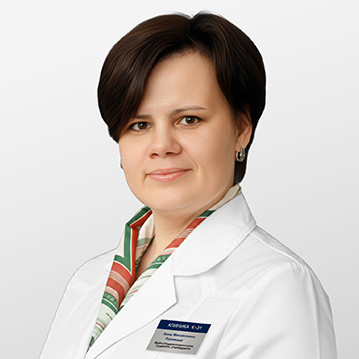

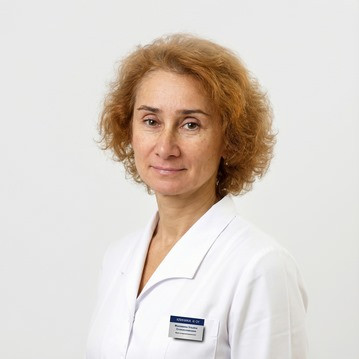







Indications
The main objective of the operation is to restore the functionality and aesthetic appearance of the nasal area. It is prescribed in the presence of the following types of injuries:
Persistent deformities that develop after one and a half to two months due to improper fusion of bones can only be corrected with the help of osteotomy.